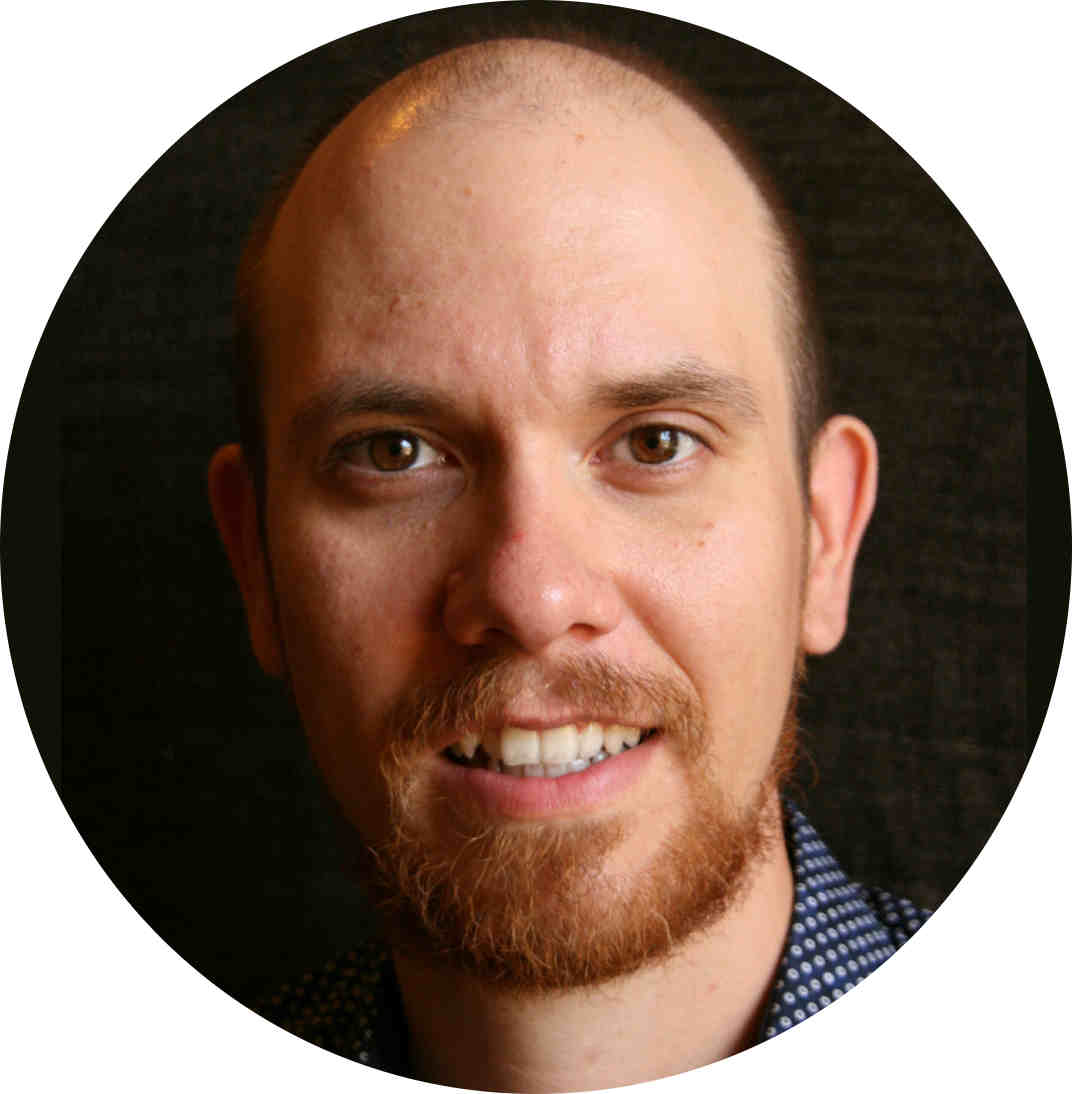Ingalls was originally a physicist. He went to Harvard where he took a course on Fortran and it pledged his fate.
While he was doing his major at Stanford he started a company that took off later and dropped out of the Ph.D. program in order to pursue his faith. The business was about software profiling. To be more fancy it measured programs and looked at their dynamic behaviour.
I liked this chapter in general, but not a lot of details stuck in my mind. Maybe it’s because of our move, maybe something else, I’m not sure.
Seibel asked him his recurring question, whether he considers himself a scientist, an engineer, an artist or maybe a craftsman. Ingalls replied, all a little. It makes sense that he considers himself a scientist, in the end, he is a physicist and he takes advantage of the mindset of a physicist.
According to him, an engineer is a craftsman in a technological field, so you already have three checkboxes thicked out of four.
But he also feels like an artist, because he wants to make his ideas real. In the end who does not? We are all artists to a certain extent.

